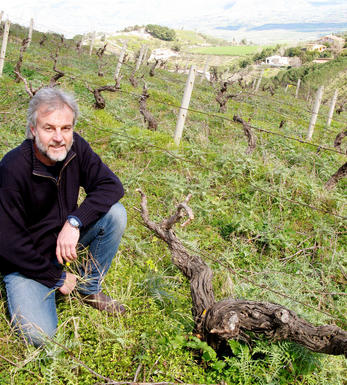
About this WINE

Porta del Vento, Sicily
The pharmacist from Palermo, who’d never lost the smell and feel of his grandfather’s family wine press in Mazara del Vallo, Marco Sferlazzo, finally sought out his ‘holy grail’ in 2002, coming across the 14ha wine property just north of Camporeale in Sicily. Located 600ms, on sandstone, calc and red clay soils, the free-standing, weathered 50 year Catarratto vines had stopped producing sufficient fruit for the cooperative, but Marco saw their potential in making high quality wines.
The estate’s name Porta del Vento derives from the vineyard’s position on the col (or saddle) of the hill, over which gusts the wind blowing in from the Tyrrhenian sea to the north, naturally ventilating the vines and extending their hang-time; it’s like an open door to the wind. Marco grows two clones of Catarratto: the older, 17th century ‘Comune’, or common, whose skins are thicker and yields smaller, giving darker juice of richly structured wine; and ‘Extra Lucido’, a more recent, 1950s clone, with thinner skins and giving slightly lighter wines with more perfume and less structure.
The vines aren’t irrigated, nor feed or fertilized; the yields being naturally low at circa 25hl/ha. Harvest (of the Catarratto) takes places in mid-end October. Vinifications are spontaneous and long, in both stainless-steel and large Slavonian oak vats and botte.



Buying options
Add to wishlist
Description
The 2012 Nero d’Avola Ishac shows a pure and genuine side of this popular Sicilian grape. It opens to a dark, inky color, but this wine is really all about the fruit with pressed blackberry, Maraschino cherry and sour prune. Ishac is really all about the fruit (it ages in large oak cask). The fullness, freshness and depth of the wine are impressive. Drink 2014-2019.
Marco Sferlazzo is a relatively new name in Sicilian wine and he makes biodynamic products in the Camporeale area in western Sicily. His Perricone is especially interesting and I recommend Porta del Vento to anyone looking for exciting new Sicilian expressions in the niche category of “natural” wines.
Monica Larner, eRobertParker.com #212 May 2014
wine at a glance
Delivery and quality guarantee